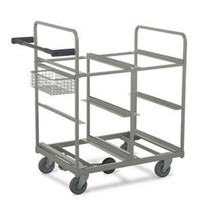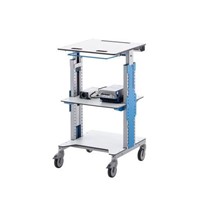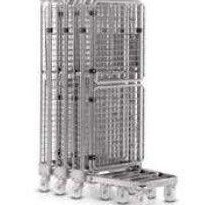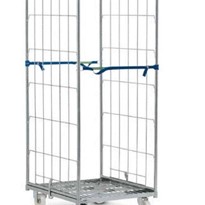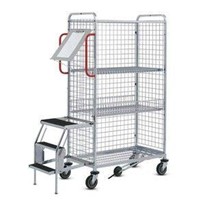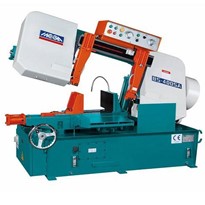ONLINE ordering is transforming customer habits and retail processes. Companies that try to “set and forget” their fulfilment processes are effectively going backwards as their competitors innovate. The retailers that get ahead will be those who optimise their back-room and warehouse processes to meet changing customer expectations in ways that are efficient, iterative and holistic.
The first thing to recognise is that online has turned fulfilment from a purely bulk process to one that is at least partially boutique. Technologies and systems designed to ship pallets of goods from warehouses to storefronts will not be suitable for boutique packing and shipping of customer orders – especially if you’re using your warehouse as a dark store for online orders.
For retailers like supermarkets whose stock is reasonably static year-round it’s all about shipping more products more quickly at a lower cost – as well as adapting to different order sizes, compositions and purchasing habits brought about through online retail.
These retailers should look closely at things like bin numbers, packing procedures and process tracking software to create efficiencies that will put them ahead of competitors. If you are picking into an eight-bin online order picking trolley that can be reconfigured into a nine-bin arrangement, you can add an extra bin to create an ongoing 12% efficiency gain for a one-off capital investment. That’s an immense achievement when you multiply the efficiency by the number of online orders, trolleys and distribution centres nationwide.
Applying the right information systems to your operation will alert you to areas where efficiencies can be created. By automating stock ordering and tracking supply chains IT systems can create efficiencies themselves. More importantly, you can use them to determine whether the efficiencies you’ve created are valid – otherwise you may have no way of knowing that what looks like a 12% efficiency gain in the picking stage has created a 20% loss downstream at the packaging and labelling stage.
Fashion and garment retailers with seasonal stock face an entirely separate problem in a world driven by online orders. There is the understandable need to minimise the time that staff members in shopfronts spend fulfilling online orders – every second they spend picking and packaging is time not spent with a customer. But trying to fulfil all online orders from a dark store or distribution centre comes with its own problems.
As seasons change, retailers pursuing this strategy find themselves with piles of leftover stock they need to move to get the next season’s lines into the dark store. Aggressively discounting that stock trains consumers to wait for the end of a season to purchase at or near cost – an own goal.
Often the solution is to keep the basics for both seasons in the dark store, and fulfil online orders for the slower-moving speciality and high-fashion lines from retail locations. This solves the seasonal change-over problem without robbing storefront locations of huge amounts of stock or staff time.
While every business is different, everyone can learn from what has already been proven in the short but busy history of online retail. Businesses that ignore the existing research base and attempt to build a ground-up solution from scratch often run into trouble and fall behind the competition.
The best practice for updating fulfilment is to engage a holistic, iterative process. Map and observe your fulfilment processes end-to-end before touching anything. Engage outside experts and liaise with vendors to aid you in this process. There are likely to be some very immediate things that can be improved simply at this stage. One that we see most often is a computer on a fixed table, which staff members walk back and forth to.
Making the table battery-powered and mobile introduces efficiencies immediately. Unlike a tablet, it keeps both hands free for your staff members. It can be taken anywhere in the warehouse and saves all the time in a day (and it adds up to a lot) that staff members take to walk back and forth to the terminal.
In a retail world where fulfilment is an arms race, nobody can afford to sit around building slingshots. To put your fulfilment processes ahead of the competition, first find the right strategic direction for your business, and make sure you’re employing the right tools to build the weapon you need. Then fire.
Craig Padoa,
Managing Director,
WANZL


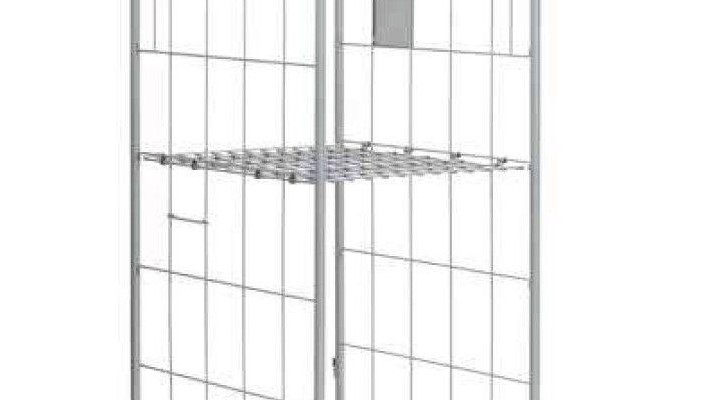
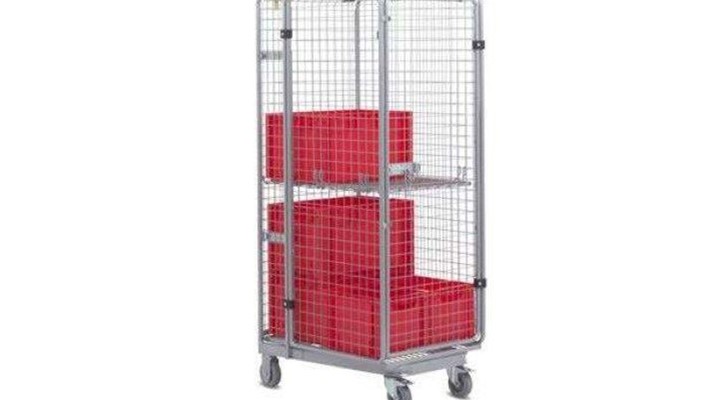
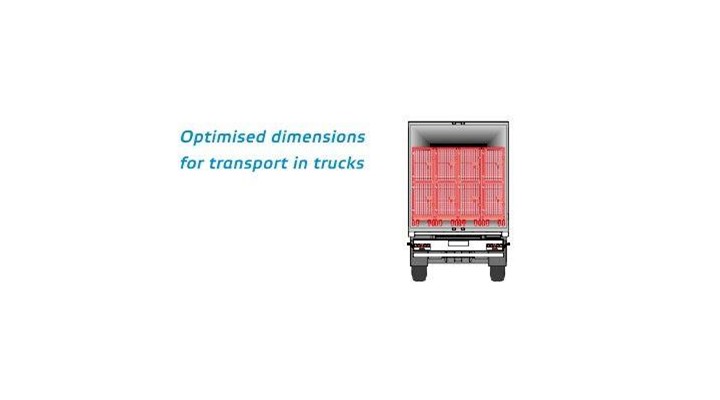



-160x160-state_article-rel-cat.png)
